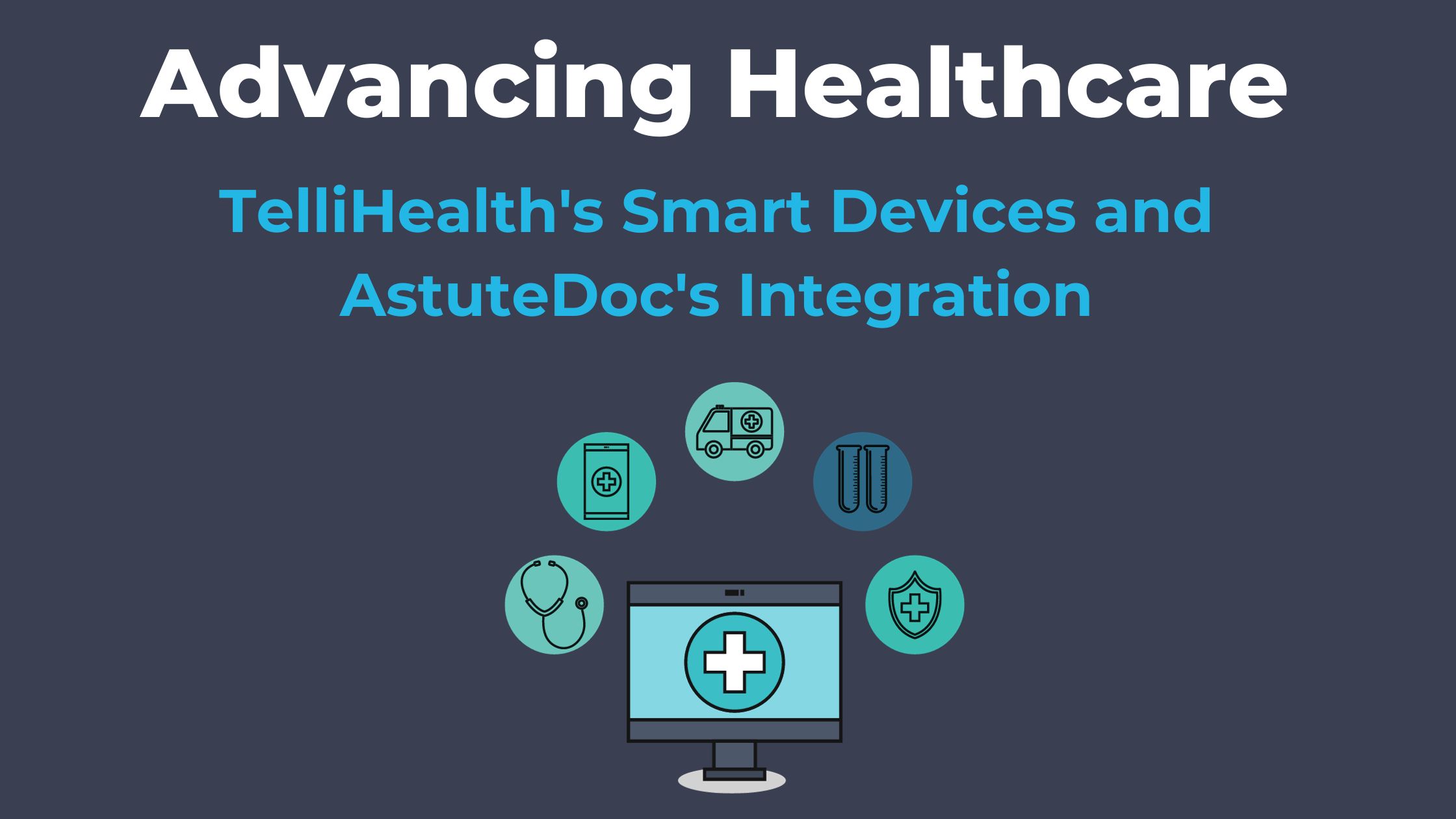Introduction to Remote Patient Monitoring Devices
In the ever-evolving landscape of healthcare, technology continues to play a pivotal role in shaping the way we receive and deliver medical services. One such advancement is the advent of Remote Patient Monitoring (RPM) devices, which have significantly improved patient care by allowing healthcare providers to keep a close eye on their patients’ health from afar.
If you’re curious about how these remote monitoring devices operate, you’ve come to the right place. In this simple guide, we’ll walk you through the process of how RPM devices work, from the patient’s initial measurement to the final steps involving healthcare professionals. Let’s dive in!
Patient Takes the Measurement
The journey of remote patient monitoring begins with the patient themselves. RPM devices, which can include blood pressure monitors, pulse oximeters, glucose meters, and more, are designed for easy use at home. Patients simply use these devices to measure their health parameters as directed by their healthcare provider. This might involve checking vital signs like blood pressure, heart rate, or blood glucose levels, depending on their medical condition.
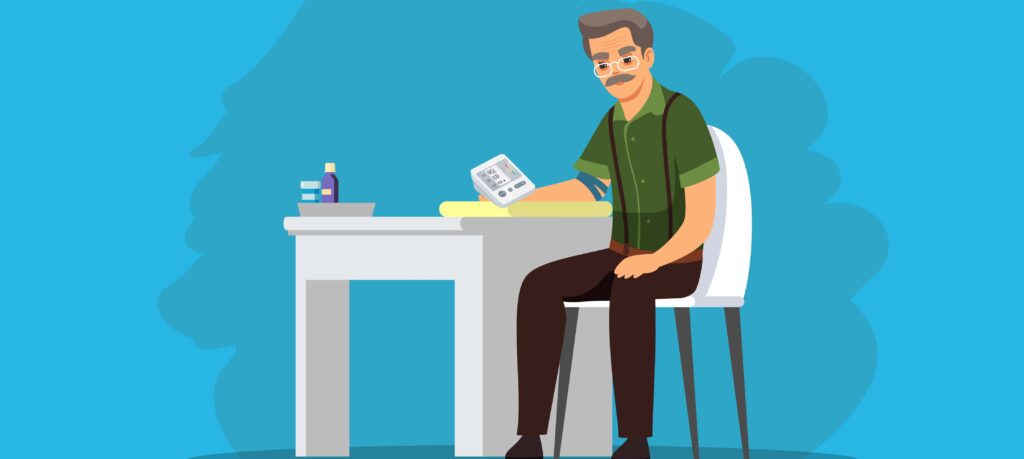
Data Flows to Device Vendor Cloud
Once the patient has taken their measurements, the data doesn’t just stay on their device. Instead, it is securely transmitted to the cloud infrastructure maintained by the RPM device vendor. This cloud serves as a secure data hub where all patient measurements are collected, stored, and ready for the next steps in the process.

Data Forwarded to RPM Management Platform
From the device vendor’s cloud, the patient’s data is forwarded to a central RPM management platform. One such platform is AstuteDoc, which acts as a bridge between the patient, the healthcare provider, and the RPM coordinator. This platform consolidates and organizes the data for easy access and analysis.
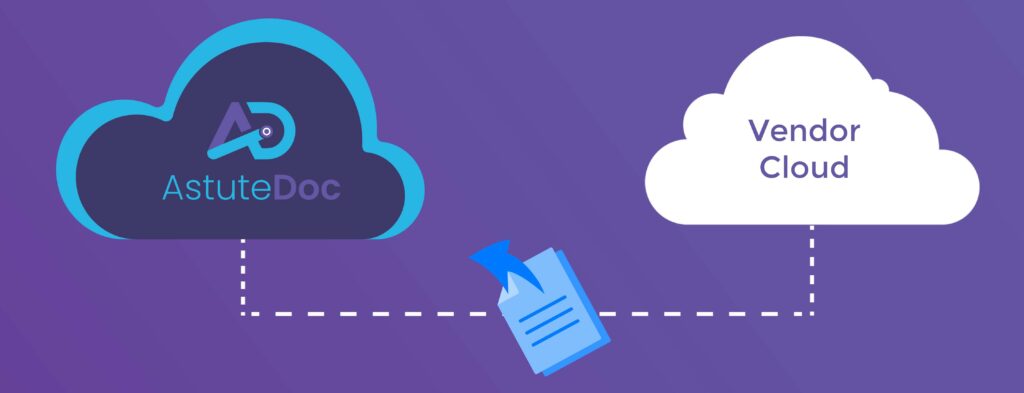
RPM Coordinator Empowered
Now, enter the RPM coordinator. This healthcare professional is tasked with overseeing the remote patient monitoring process. Using the AstuteDoc platform (or a similar system), the RPM coordinator gains access to a wealth of information about their patients’ health.

RPM Coordinator’s Role
As an RPM coordinator, your role is multifaceted and critical to patient care:
Monitoring Trends: With access to real-time measurements and historical data, you can track your patients’ health trends over time. This allows you to spot any concerning changes or deviations from the norm.
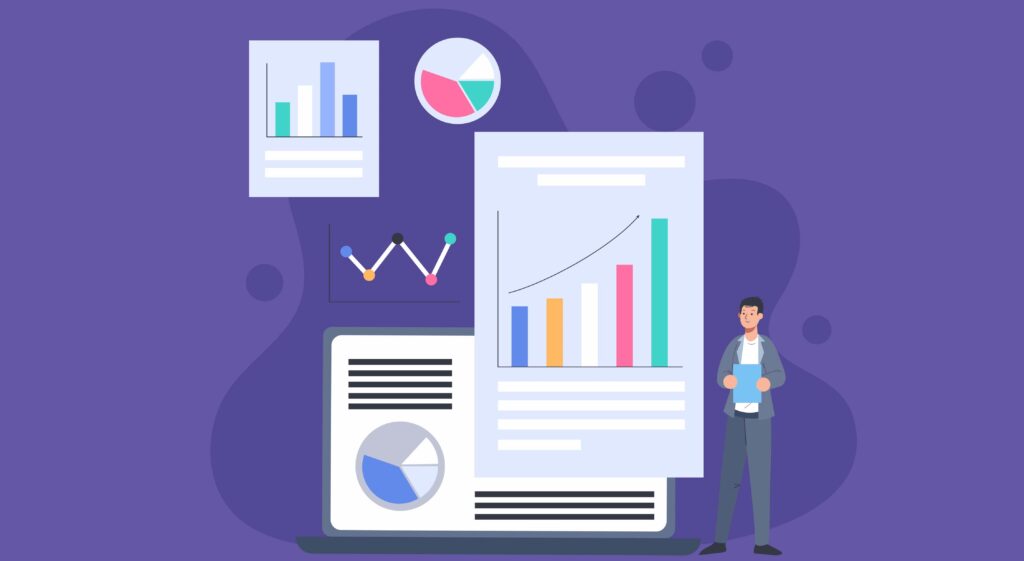
Communication
Effective communication with patients is essential. You can use the platform to interact with patients, address their concerns, and provide guidance based on their measurements.

Notification
In cases where there are significant changes or critical alerts, you collaborate with the patients’ primary care providers or specialists. This ensures that timely intervention occurs when needed most.

Billing and Documentation
Maintaining detailed records of patient interactions is crucial. This includes accurately billing for RPM services in compliance with healthcare regulations.
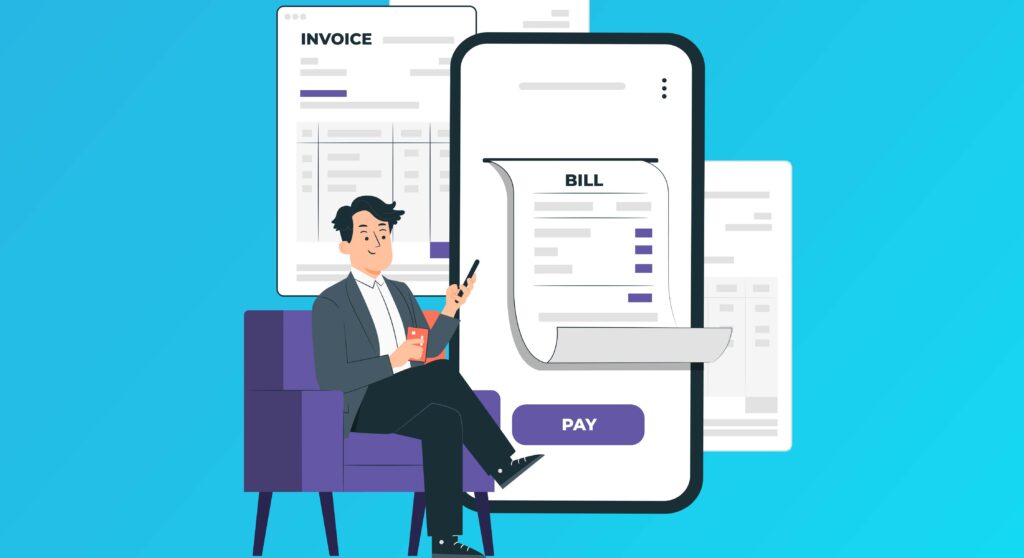
Conclusion
Remote Patient Monitoring devices have revolutionized the healthcare industry by providing a way to monitor patients’ health from the comfort of their homes. This not only enhances the patient experience but also improves healthcare outcomes. By understanding the simple yet effective workflow of RPM devices, you can appreciate how technology is bridging the gap between patients and healthcare providers, ultimately leading to better and more accessible healthcare for all.

